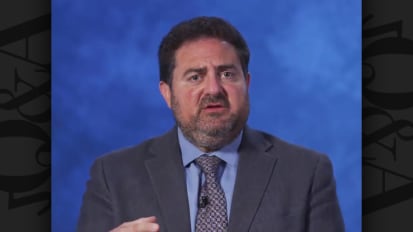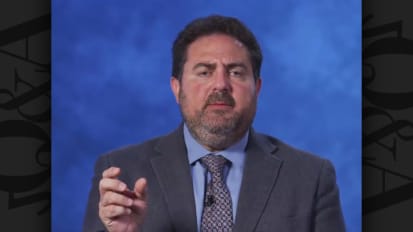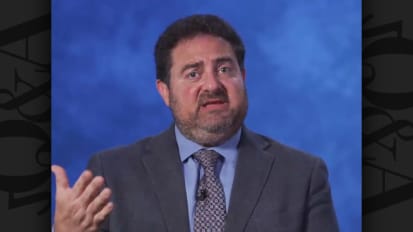Errol R. Norwitz, MD, PhD – NIPT in Twin Pregnancies

Louis E. Phaneuf Professor of Obstetrics & Gynecology
Tufts University School of Medicine
Chairman, Department of Obstetrics & Gynecology
Tufts Medical Center
Boston, MA
In what way have recent guidelines issued by the by national associations, including SMFM/ACOG and ACMG, changed for cell-free DNA NIPT, especially for so-called “average risk” patients?
What is the clinical and trial data, including false-positive rates and PPV, supporting the expanded, routine use of cell-free DNA-based NIPT in lower- and average-risk patients?
Who exactly should be offered this screening? Can you distinguish between high-risk and low-risk patients? And what does the American College of Medical Genetics (ACMG) recommend as far as NIPT?
What is “fetal fraction” and how does the fetal fraction affect the sensitivity of NIPT using the counting method and SNP-based technology?
What is a “no call” result and what are the implications of getting this result? What is the approach if this is reported? What is the role of fetal fraction in producing a no-call result?
How do gestational age and maternal weight (BMI) affect fetal fraction? And what is the importance of separating out maternal fraction from fetal fraction by NIPT?
With respect to fetal fraction, why is cell-free DNA, SNP-based technology superior?
With respect to fetal fraction, why is cell-free DNA, SNP-based technology superior?
What algorithm(s) can OBs and MFMs use to integrate NIPT into prenatal care? And how do you utilize NIPT in your practice? As a first-line test?
What can a provider expect with respect to timing of results, reporting methods and technical support for NIPT results?
What tools are available to help providers explain NIPT to patients?
What tools are available to help providers explain NIPT to patients?What are some of the reasons for rare false positive NIPT results?
What are some of the reasons for rare false positive NIPT results?
What distinct advantages does SNP-based technology offer in resolving the cause of the abnormal result, including the presence or absence of maternal findings and vanishing twins?
What follow-up should be done when NIPT is discrepant with ultrasound for fetal sex?
What follow-up should be done when NIPT is discrepant with ultrasound for fetal sex?
What do we know about the cost-effectiveness and superiority of NIPT? Why is the SNP-based NIPT more cost-effective than serum screening?















